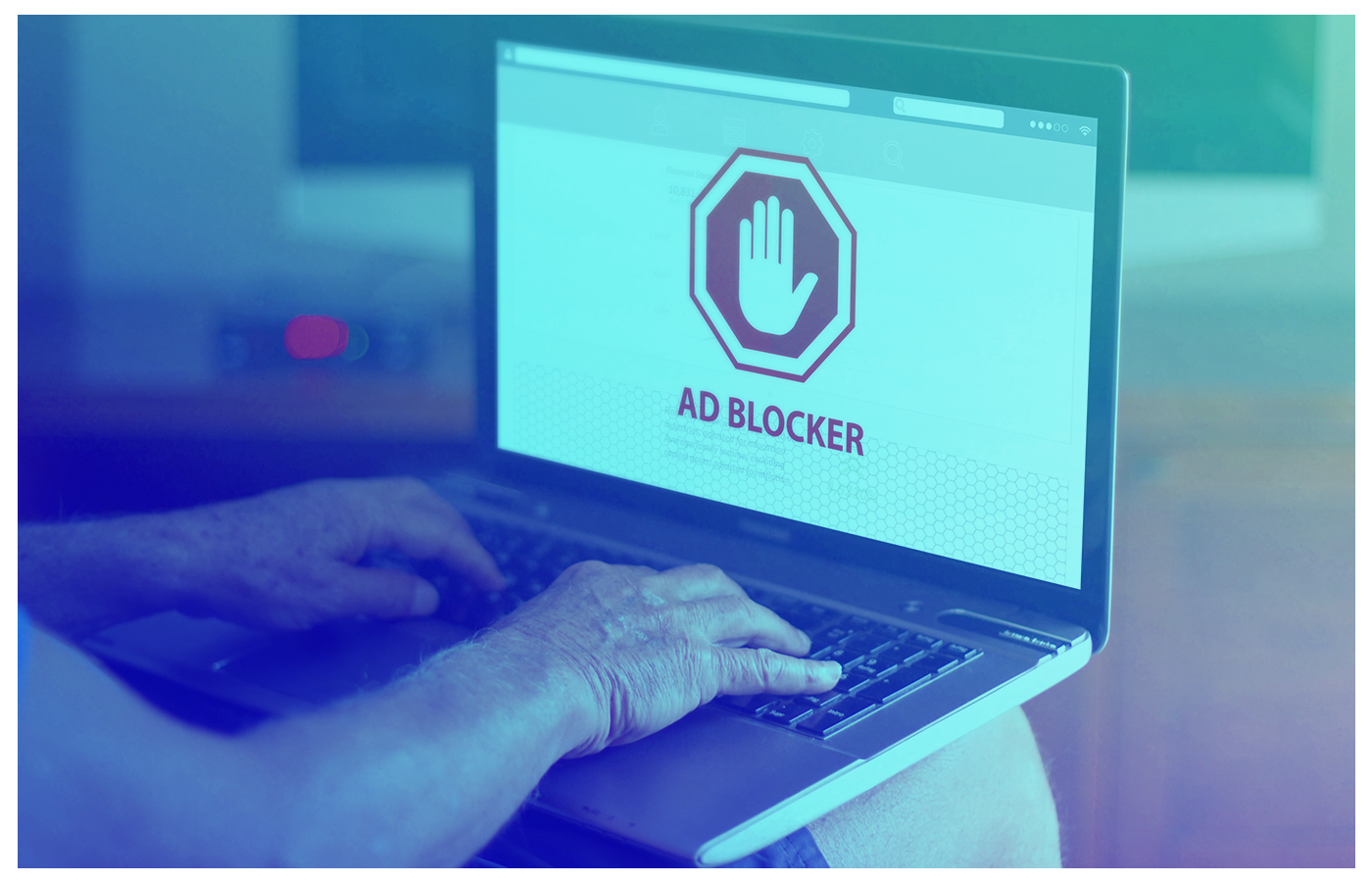How to monetize your ad-blocking audience
More users are utilizing ad-block software and incognito browsing to simplify their Internet experience. How can you still earn revenue from your ad-blocking audience?

Globally, over 30% of Internet users employ an ad blocker while they’re web-browsing. Scaled down to your audience, as much as one-third of your users might be using ad blockers while on your site. This could have big implications for your revenue. So let’s break down how you can still reach and monetize your ad-blocking audience, while keeping the user experience in mind.
If you don’t ask, you don’t get
It could just be as easy as asking. Your dedicated audience understands that running a website comes with costs and overhead, like web-hosting, developers, maybe even a few members of staff. As users that benefit from your content, they’re the ones that have the most to gain from your site remaining successful and profitable.
Provide some subtle messaging on your homepage, or within a discreet pop-up that asks ad-blocking users to ‘whitelist’ your site within their software. If you already have an unobtrusive ad stack on your site, they’re more likely to allow ads to populate across your site. One of the main reasons users turn to ad-blockers is to avoid annoying ads, so selecting ad formats with user experience in mind is a good way to get users to turn off their ad blockers.
Offer other ways of support
Sites that employ services like Patreon can offer a low-paying tier for users that still want to support your site, but don’t want to turn off their ad-blocker. This might be a better option for site owners that don’t want to spend time curating exclusive content for a Patreon audience, while still offering users a way to support you and your site.
You can also use affiliate links or native ads within your content, providing another way for ad-blocking users to support you. It requires more work on your part as the publisher, but can often provide a nice supplemental income if your users trust your reviews or endorsements enough to purchase products via your site. Remember, any paid partnerships (often including the use of affiliate links or ambassador programs) should be clearly disclosed.
Block content for ad-blockers
As a last resort, (and with a little elbow grease), you can lock content for users if an ad blocker is detected. Provide a portal that informs users that the continued, free perusal of your content is made possible by ad revenue, and in order to view more of the site’s content, the ad-blocker should be disengaged for your site.
It’s similar to news sites requiring a subscription to read multiple articles per month or year. Dedicated users will be implored to remove their ad-blocker while browsing your sites, and users that already see advertising won’t be affected. This does require some work on your part, as it involves going into the backend of your site and putting walls up over some of your content.
Ad-blocking will always be a part of the browsing and hosting experience, so it’s better to find ways to work with ad-blocking users rather than letting your revenue drop. Want more industry tips on boosting your reach and maximizing your revenue? Check out our blog here.

